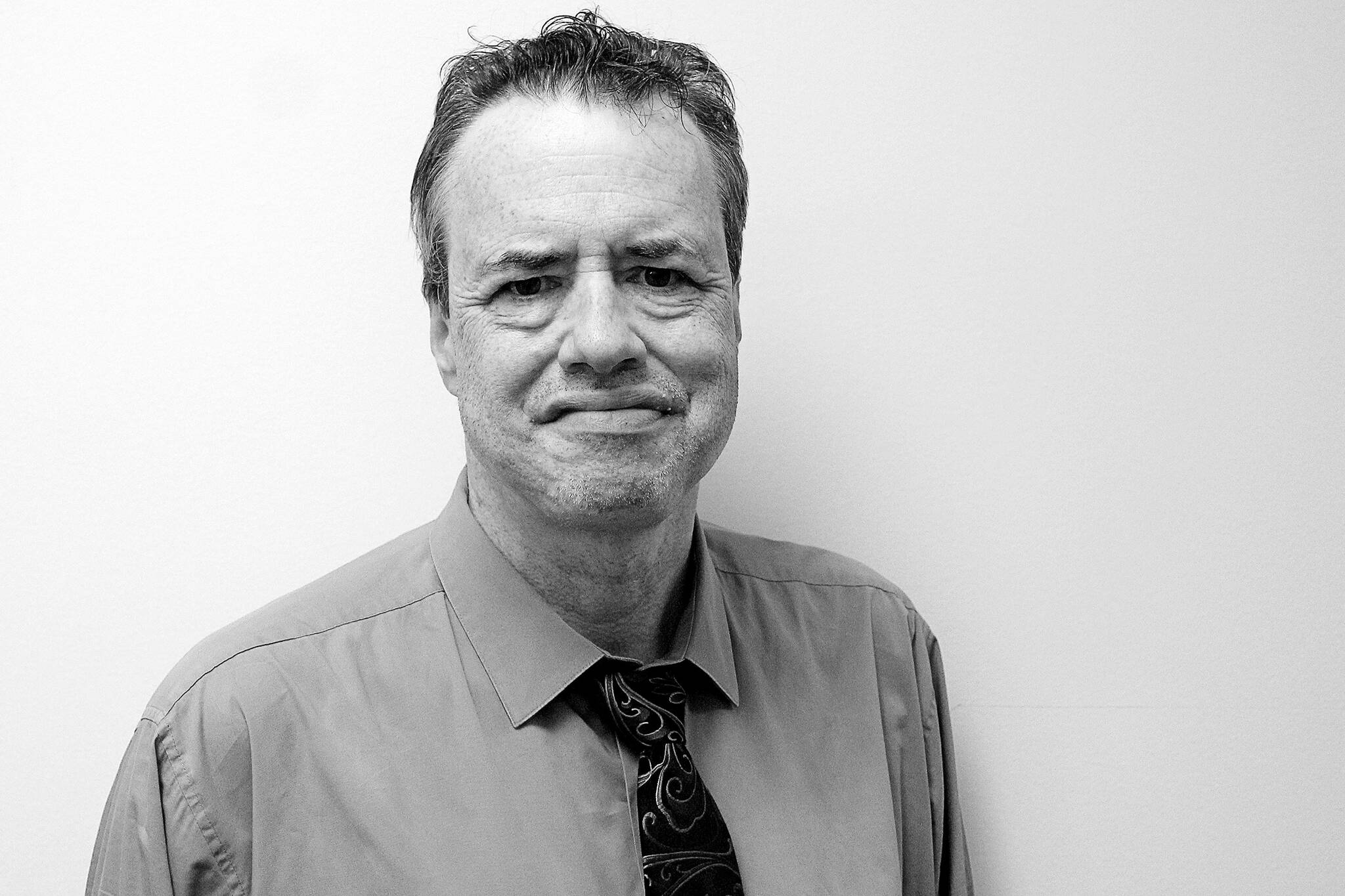Consider the Sound Transit Station on 23 A Street South Southwest.
Today, it’s no big deal for Auburnites who’d prefer to leave their own wheels behind to hop a Sound Transit bus or the Sounder Train to distant points in the Puget Sound region, and later, hop another back.
If the bus alone is your thing, you can also board one at numerous stops in Auburn. Under the aegis of Sound Transit, which formed on Sept. 17, 1993, the train and bus are complements.
But in the early years of the 20th century, many moons before Sound Transit was a gleam in anyone’s eye, a local’s options for getting from A to B and back were more constrained.
In those days, if saddling a horse, or paddling a canoe up the Green River was just not your gig, you took the jalopy — if you had one — bumping over such gnarly roads as existed, or you took a train. There was no public transportation.
King Railroad liked it that way, preferring minimal competition. Yet, in the early 1920s, much to the railroads’ collective displeasure, this newfangled thing called bus service came on the scene.
It came into Auburn humbly at first, courtesy of the Enumclaw Transportation Company, which offered only a single route from Auburn to Buckley. While that company’s origin is uncertain, history shows that the Park Auto Transportation Company acquired it in 1924, and the North Coast Transportation Company acquired PAT in 1926, and then over the following decades expanded its lines.
North Coast Greyhound Lines bought the NCT Company in 1949, consolidated in 1950 with Northwest Greyhound Lines, which in 1957 consolidated into the Western Division of Greyhound.
An undated photo provided by the Puget Sound Archives shows the bus depot at 100 Auburn Avenue, at the site of the present-day Wells Fargo Bank. In the years before Greyhound rolled in —which was for most of its existence — the building went by the bare name Bus Depot.
As for the history of the depot itself, information about that is difficult to come by, and those who may remember it are passing. Typical of comments is the one offered by longtime Auburn resident Jonie Brooke: “That doesn’t ring a bell.”
When Greyhound left the depot is harder to pin down. According to local historian and lifelong Auburn resident Hilda Meryhew, as of April 1953 and April 1954, the telephone directory listed it as “The Greyhound Bus Depot” at the above address.
In 1967, Meryhew continued, quoting from Auburn Historian Roberta Morley’s notes: “Doctor Merritt’s Old Office was in back of the Bus Depot — Mrs. Casper lives in it.” What happened in the intervening years is not clear, but by 1968, the Greyhound Bus Line Aubur had changed its address to 221 C Street SE in Auburn, and so it remained in the Business Directory of the Green River Valley until at least 1970.
“When the (later) bus depot was no longer in business, there was a beauty salon, then a Singer Sewing Machine business. The Depot was between Jiffy Lube and a Tatoo Business today. This summer, 2022, they bulldozed the building down,” Meryhew wrote.
As the White River Valley Museum has no file on the subject, the Auburn Reporter contacted Robert Gabrick, author of “Going the Greyhound Way.” While Gabrick was unable to turn up information about that, at his recommendation, the newspaper contacted the Motor Bus Society in Paramus, N.J., and its library near Trenton, N.J., then the AACA Museum in Hershey, Pennsylvania, which operates the Museum of Bus Transportation Greyhound Bus Museum. No luck.
So, for the moment, that’s where the tale ends.
As for Sound Transit, it expects to have its second parking garage in Auburn complete and in operation by 2026. Timelines had to be pushed back, of course, because of the pandemic-induced “hard stop” in early 2020, said David Jackson, Public Information Officer for Sound Transit.
“The agency had no idea what the revenue impact was going to be, so the Auburn project, among many others, was put on pause,” said Jackson. “Things started to ramp back up in 2021, and we gathered some public input earlier this year and. Right now, we are in the process of looking for someone to design and build the project. The agency is moving ahead, but it has not procured a contractor for the project yet.”
Robert Whale can be reached at rwhale@soundpublishing.com.


